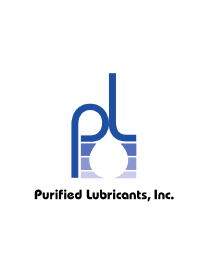Machinery Lubrication recently asked readers to participate in its annual Lube Room Challenge by submitting exceptional lube rooms that incorporate best-practice features. Several readers met the challenge with evidence of how their lubricant storage and dispensing methods have been transformed. The following entries showcase how designing a proper lube room not only is an important step in the journey toward lubrication excellence but can also increase a company’s bottom line.





